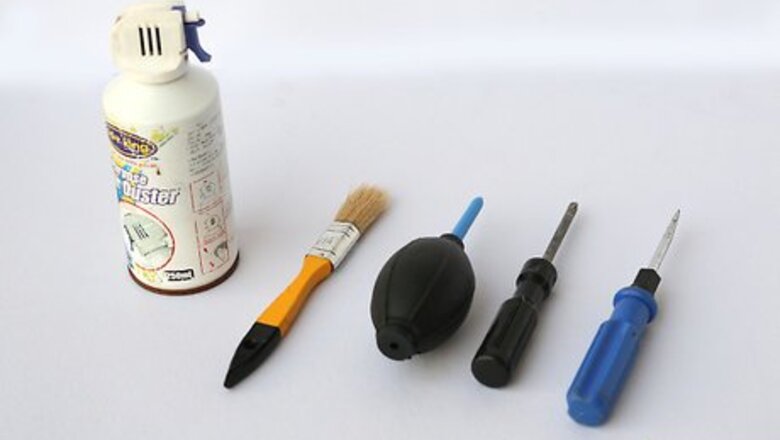
views
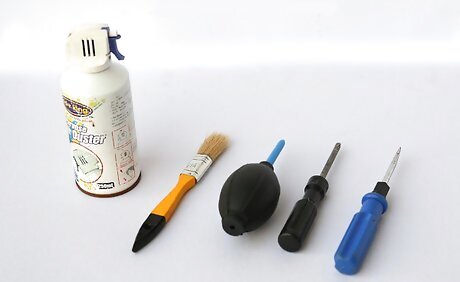
Gather the tools you need. You need compressed air and a screwdriver (only needed if you must use a screwdriver to open the computer case). A small vacuum might clean up the mess you make around the computer, but should never be used inside it. A dust mask is suggested because it can save you a bit of sneezing if you need to clean a computer quickly.
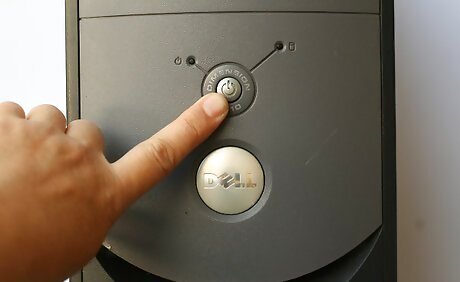
Shut down and unplug your computer.
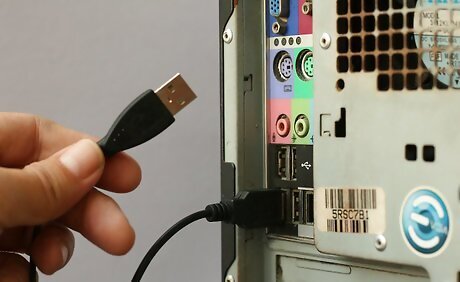
Disconnect the LAN cable and all peripherals, such as monitors, scanners, printers, keyboards, mice and speakers.
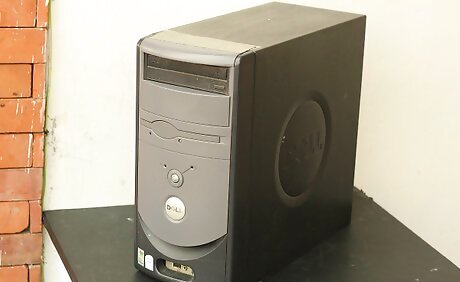
Move to a suitable work area. If you haven't cleaned your computer in a while, a suitable work area is suggested. While you can clean your computer where it sits, it is not recommended. The job can be very messy and you'll want to work somewhere where you can adequately ventilate dust.
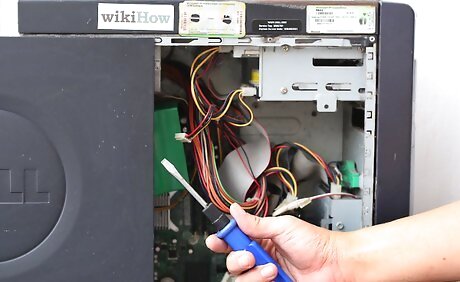
Open your computer. Once you have a suitable work area, open your computer. This will vary greatly depending on your machine. If you have a user's manual, consulting it would be a good idea. Most machines have screws holding a side panel down. After removing these, you can then slip the side off your machine.
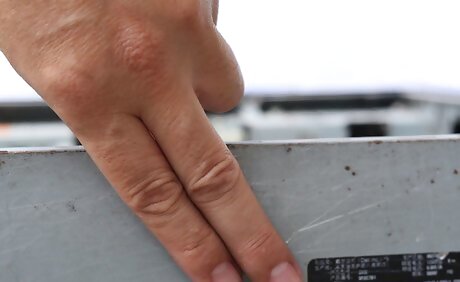
Prepare to clean. After opening the computer, use compressed air. Additionally, you might want to wear a dust mask. Never touch the inside of your computer unless it is absolutely necessary. You may discharge a static shock to vital internal components (such as CPU and RAM) and damage them. If you must touch the inside of your machine, discharge any static by tapping your finger to the computer's metal case before unplugging it.
Begin dusting. Use your compressed air to blow out the inside of your machine. It is usually a good idea to start on the upper region of the computer, then work your way down. In this manner you can sweep out all the dust that settles on lower components in one run. Do not worry if you cause the blades of internal fans to spin. This is expected and it is important to keep these components clean. Be thorough, but do not press on cords or components. Also keep your air source a moderate distance from the component you're working on. Make sure to hold your can of compressed air upright. If inverted, it can be let out as a liquid which can cause severe damage to your computer. Compressed air is freezing cold when it leaves the can; don't let frost form on your chips. A lot of dust can be raised; try not to breathe it. If the PC is very dusty, take it out of doors before using the compressed air.
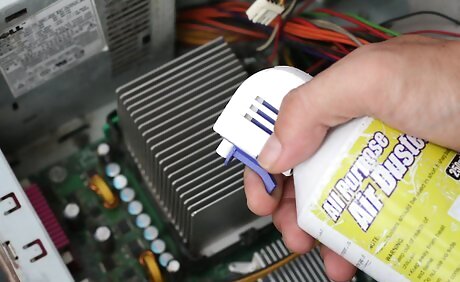
Make sure the heatsink fan is clean. The heat sink sits over the processor, and it is a collection of metal ridges that stick up away from the motherboard. If this fan does not function properly, the processor will overheat, resulting in degraded performance or permanent damage.
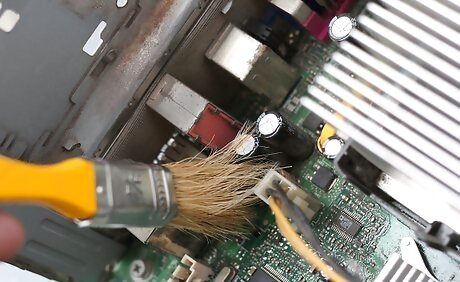
Look around the entire inside and outside for any dust you may have missed. Once you are sure it is cleaned thoroughly, carefully replace the sides. Do not try to force them into place.
Clean up your work space. The initial run will churn up a lot of particulates. Depending on your workspace, you may need to get a small vacuum and clean the area around the computer. Do not use a vacuum on the inside of the computer. You might want to consider leaving your machine open while you do this. Airborne dust inside the computer will begin to settle and you can make your effort exceptionally productive if you make a second run.
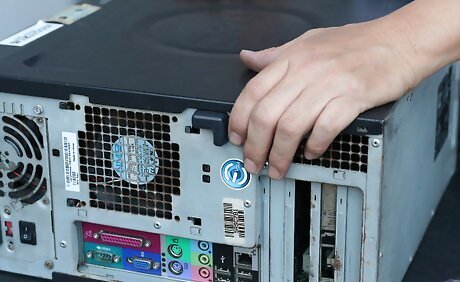
Close your computer. After you've finished dusting, replace the side of your machine and any screws. Once the machine is tightly shut, return it to its usual spot and reattach the power cord and other cables. (You might consider cleaning this entire area to remove excess materials that can contribute to dust intake.) If you flipped the master power switch on the back of your machine off, be sure to turn it on again or your machine will not start. A clean computer will run significantly cooler and last much longer than a computer clogged up with dust and debris.



















Comments
0 comment